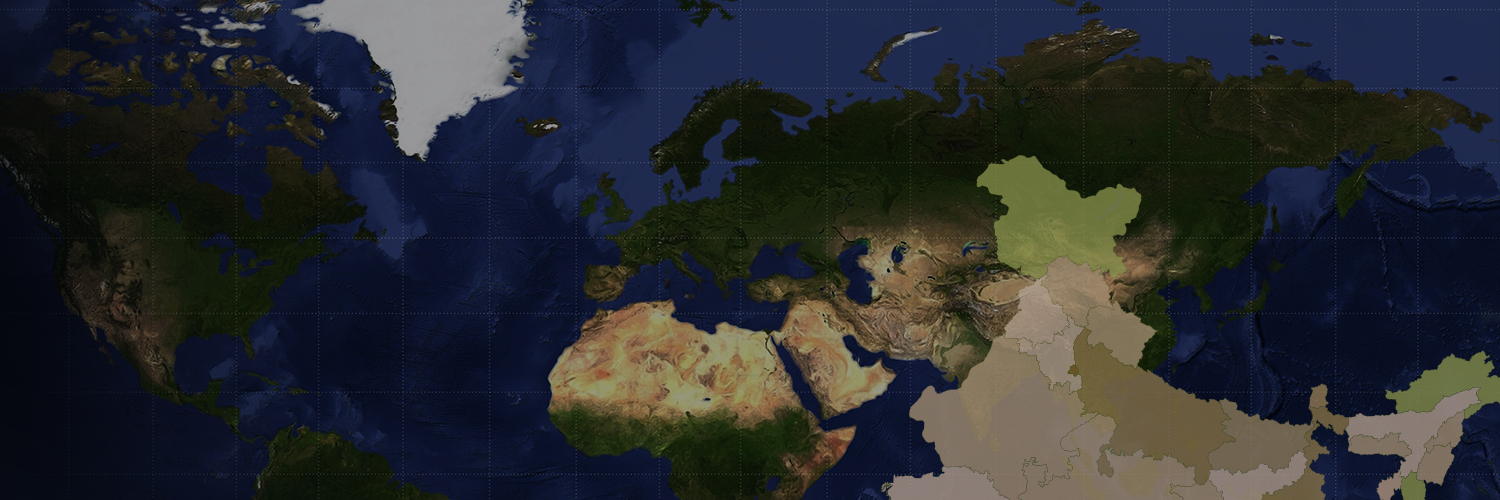Transport
Roadways
- India had about 54.7 lakh km of roadways in 2014–15 making it one of the largest road networks in the world.
- According to their capacity, roads are classified into six classes:
Golden Quadrilateral Super Highways:
- A major road development project was launched by the Government of India linking Delhi-Kolkata- Chennai-Mumbai and Delhi by six-lane Super Highways.
National Highways:
- National Highways link extreme parts of the country and are the primary road systems.
State Highways:
- These are roads linking a state capital with different district headquarters.
District Roads:
- These roads connect the district headquarters with other places of the district.
Other Roads:
- These roads received special stimulus under the Pradhan Mantri Grameen Sadak Yojana, in which special provisions are made so that every village in the country is linked to a major town in the country by an all season motorable road.
Border Roads:
- Border Roads Organisation is a Government of India undertaking and constructs and maintains roads in the bordering areas of the country.
Roads can also be classified on the basis of the type of material used for their construction:
- Metalled roads: These are all weather roads.
- Unmetalled roads: These roads are not of use in the rainy season.
Road Density
- Density of roads is the length of road per 100 sq. km of area.
Railways
- Railways are the principal mode of transportation for freight and passengers in India.
- The Indian Railway has a network of 7,137 stations spread over a route length of 66,687 km with a fleet of 11,122 locomotives, 54,506 passenger service vehicles, 6,899 other coach vehicles and 2,51,256 wagons as on March 2016.
- The railways have become more important in our national economy than all other means of transport.
Pipelines
- Pipeline transport network is used for transporting crude oil, petroleum products and natural gas from oil and natural gas fields to refineries, fertilizer factories and big thermal power plants.
- The three important networks of pipeline transportation in the country are:
- Upper Assam to Kanpur, via Guwahati, Barauni and Allahabad. It has branches from Barauni to Haldia, via Rajbandh, Rajbandh to Maurigram and Guwahati to Siliguri.
- Salaya in Gujarat to Jalandhar in Punjab, via Viramgam, Mathura, Delhi and Sonipat. It has branches to connect Koyali Chakshu and other places.
- A gas pipeline running from Hazira in Gujarat. It connects Jagdishpur in Uttar Pradesh, via Vijaipur in Madhya Pradesh. It has branches to Kota in Rajasthan, Shahajahanpur, Babrala and other places in Uttar Pradesh.
Waterways
- Waterways are the cheapest means of transport and are most suitable for carrying heavy and bulky goods. It is a fuel-efficient and environment friendly mode of transport.
Major Sea Ports
- India has a long coastline of 7,516.6 km with 12 major and 200 notified non major ports.
- Mumbai is the biggest port with a spacious natural and well-sheltered harbour.
Airways
- The air travel is the fastest, most comfortable and prestigious mode of transport.
- It can cover very difficult terrains like high mountains, dreary deserts, dense forests and also long oceanic stretches with great ease.
